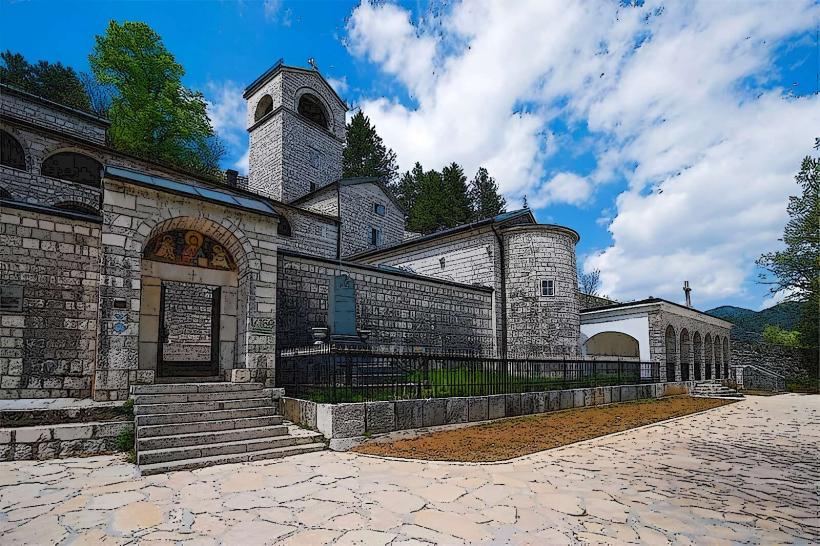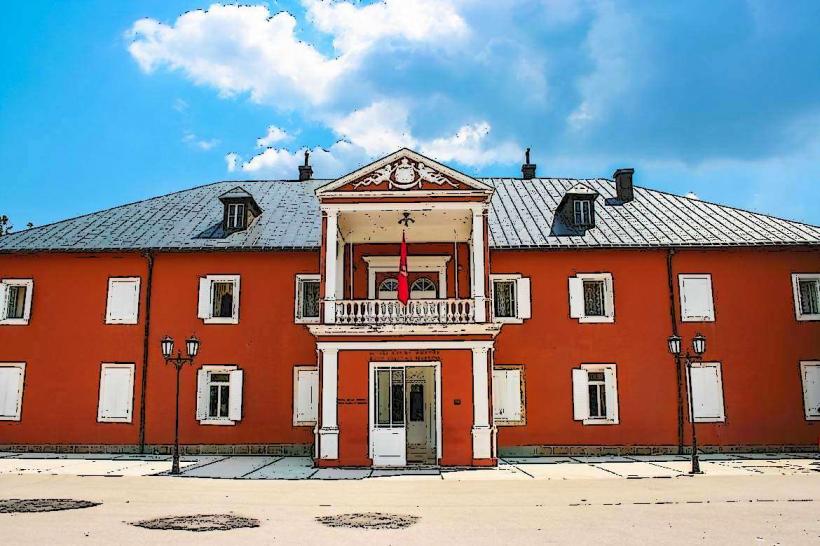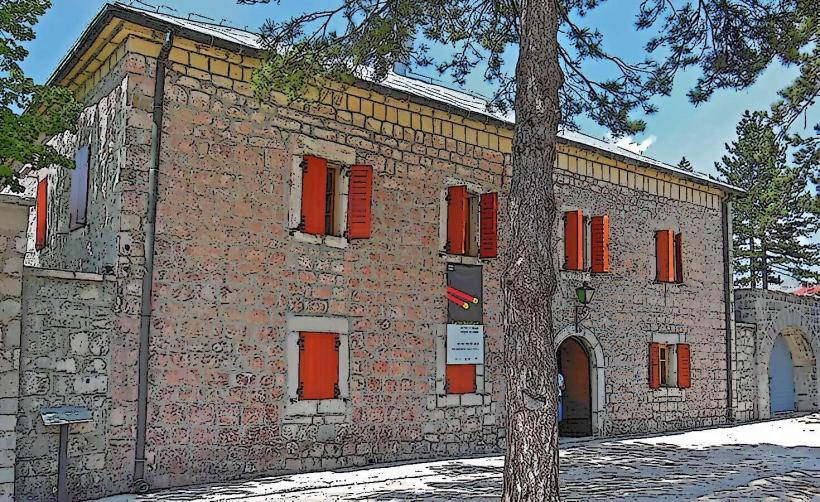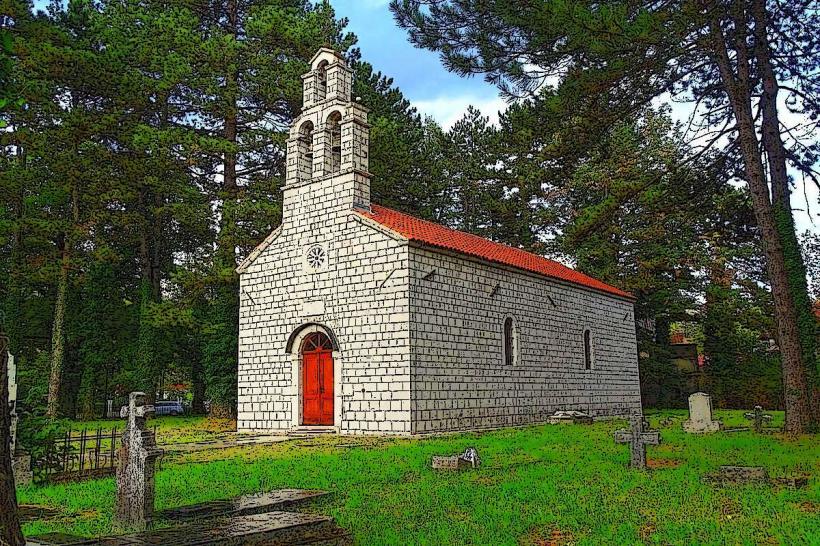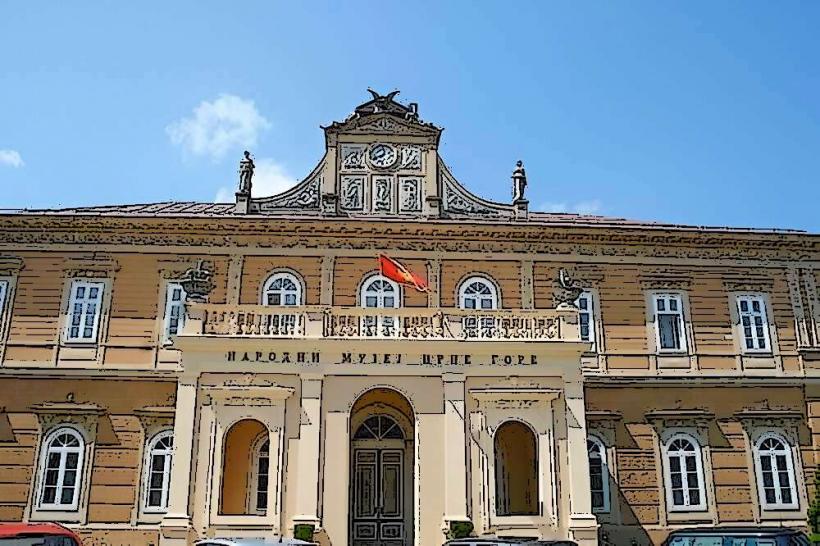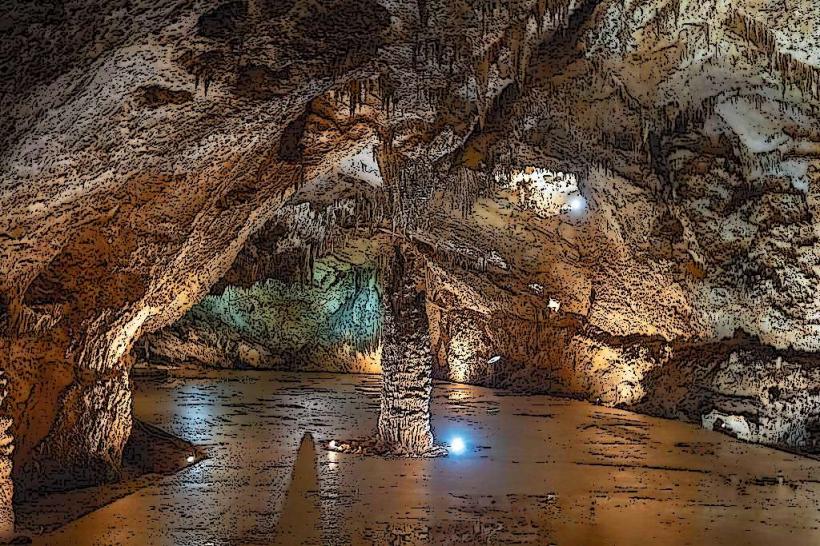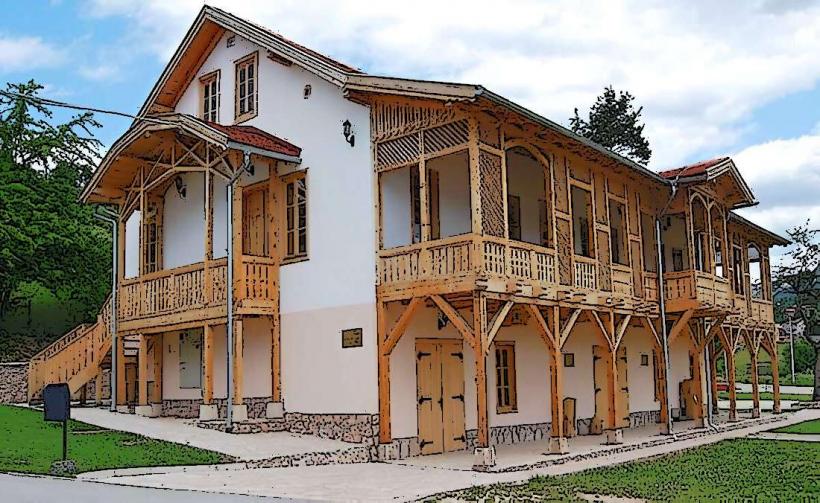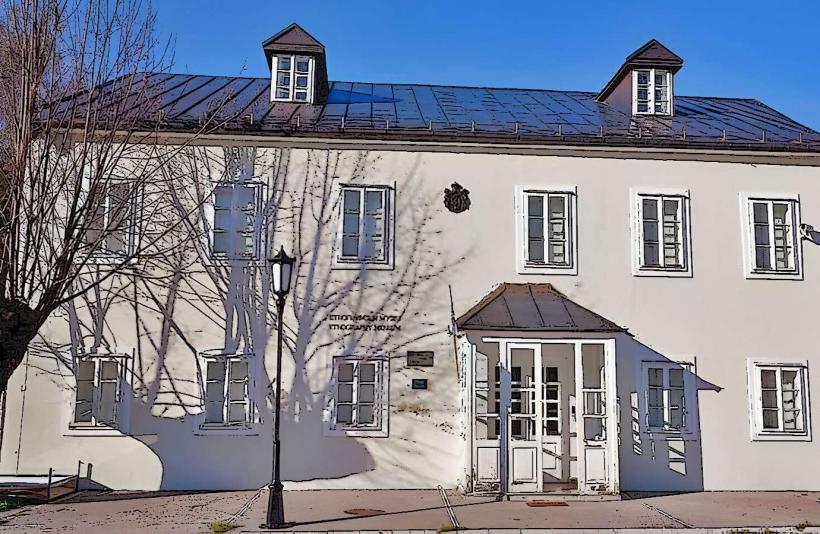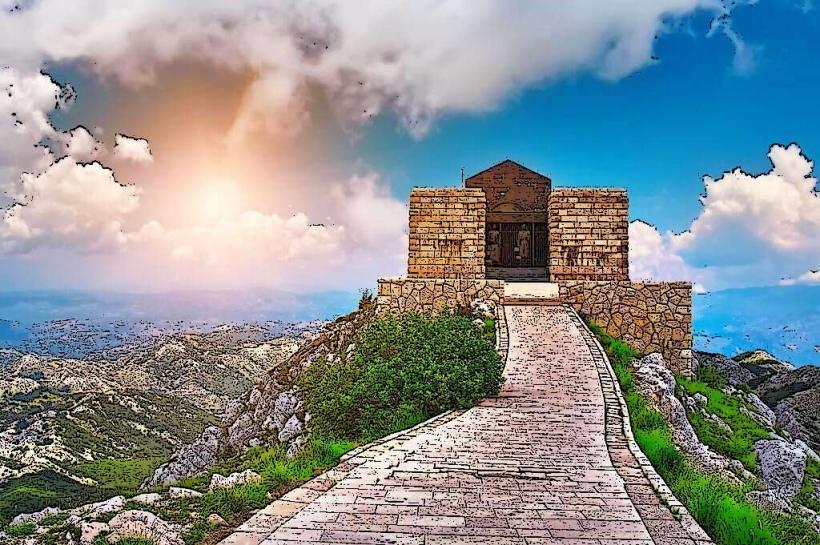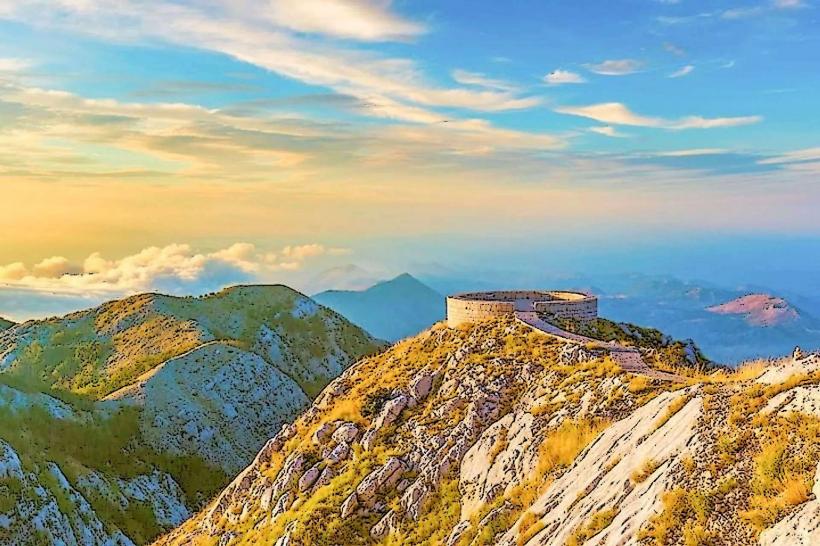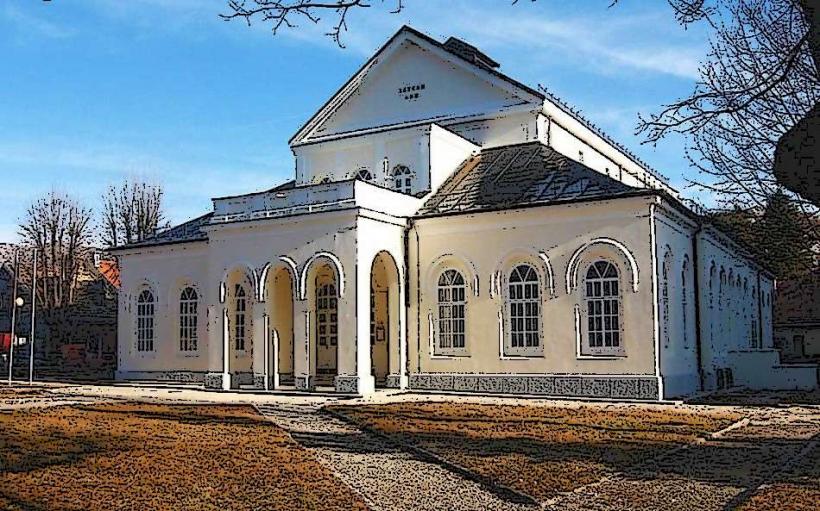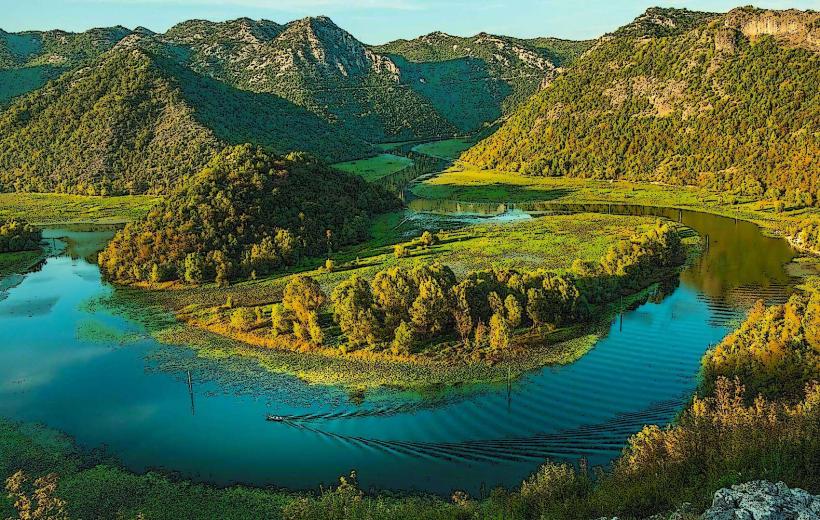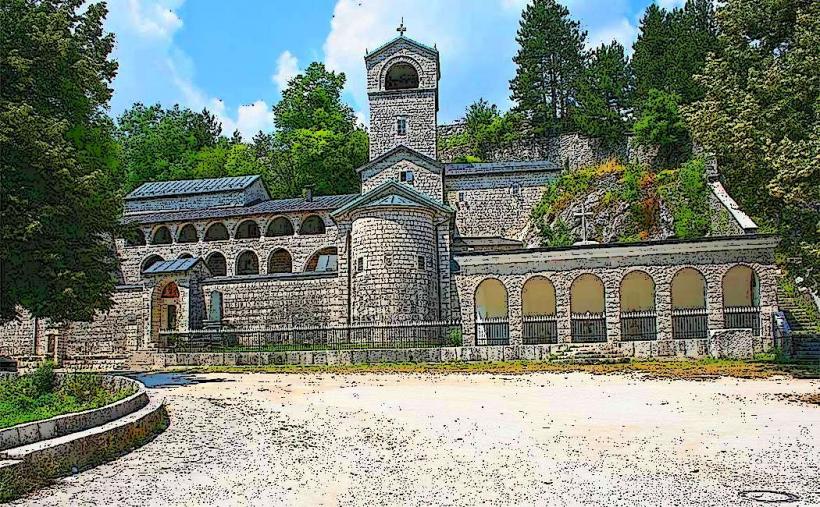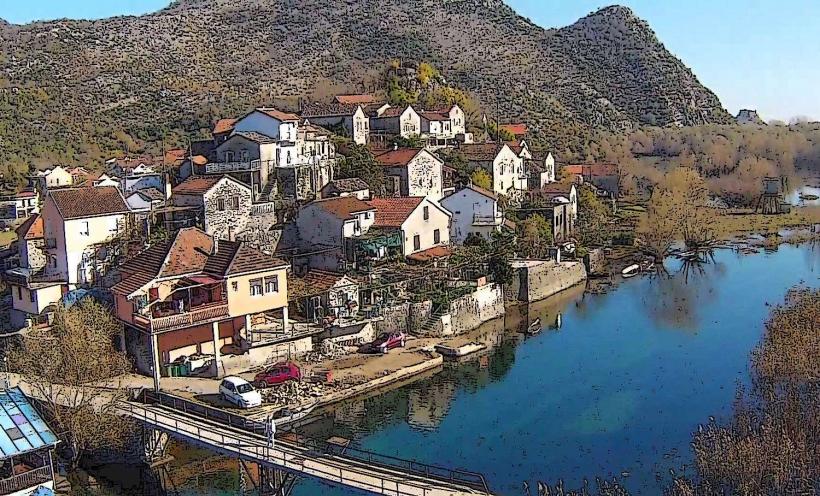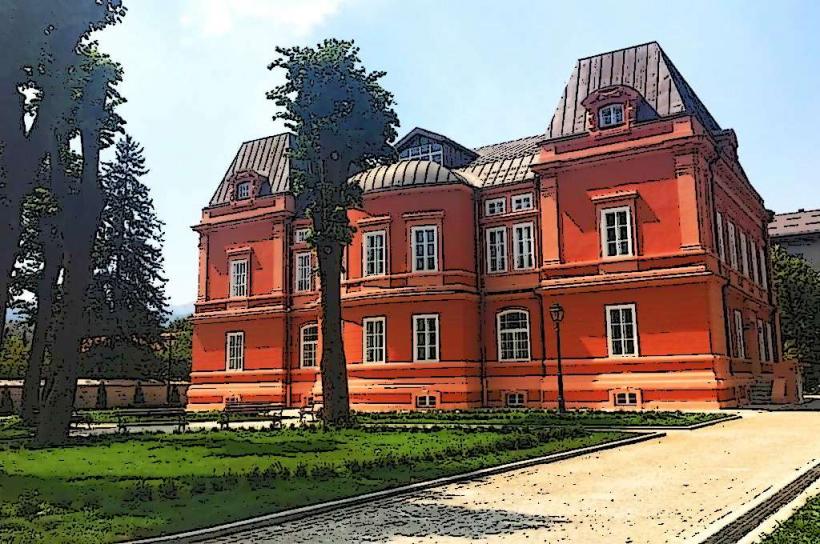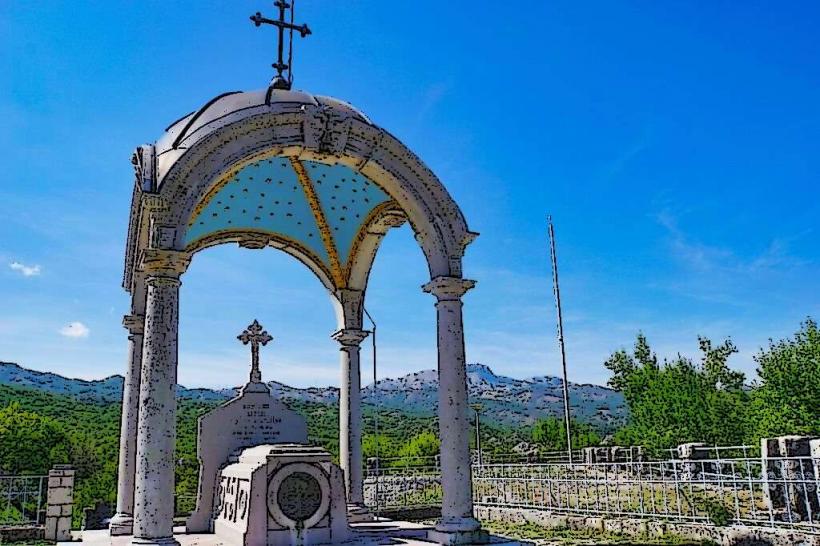Information
Landmark: Blue PalaceCity: Cetinje
Country: Montenegro
Continent: Europe
The Blue Palace (in Montenegrin, Plavi Dvorac) is a historic building located in Cetinje, Montenegro. It is an important landmark in the town, known for its architectural beauty and historical significance.
Overview of the Blue Palace
Location: The Blue Palace is situated in the town of Cetinje, which is historically considered the capital of Montenegro. Cetinje is home to many important cultural and historical monuments, making it a significant part of the country’s heritage.
Architecture: The Blue Palace is an elegant building that exhibits elements of neoclassical and Baroque architectural styles. The name "Blue Palace" comes from the building's striking blue-colored facade, which gives it a unique and distinctive look compared to other buildings in Cetinje.
Historical Significance: The Blue Palace was originally built as a residence for the Montenegrin royal family. It served as the home of the royal Petrović-Njegoš family during the early 20th century. The palace is associated with King Nikola I and other members of the royal family, who played a pivotal role in Montenegro's history.
Historical Context
Royal Residence: The Blue Palace was built as part of the royal complex in Cetinje and was primarily used by the Montenegrin royal family, particularly during the time of King Nikola I. It is one of the few royal residences in Montenegro, symbolizing the nation’s royal history.
King Nikola I: King Nikola I was the last ruler of the Petrović-Njegoš dynasty and a significant figure in Montenegrin history. Under his reign, Montenegro gained independence from the Ottoman Empire and made important strides in developing its political and economic structures. The Blue Palace stands as a reminder of this royal period in the country’s history.
Current Use and Role
Government Use: Today, the Blue Palace is used by the Government of Montenegro and the Presidency. It serves as the official residence of the President of Montenegro during official visits and events. It is also used for official state functions, meetings, and diplomatic events.
Cultural Heritage: While the Blue Palace is not typically open for general public tours, its architectural beauty and historical role make it an important part of Montenegro’s cultural and royal heritage. The building is often admired by visitors to Cetinje who come to see the various royal residences and landmarks in the town.
Visiting the Blue Palace
While the Blue Palace is not usually open for public tours, visitors to Cetinje can still admire its exterior and its place in the historical landscape of the town. Cetinje itself is home to several other historic sites, including King Nikola's Palace, the Cetinje Monastery, and various museums that further highlight the country’s royal and cultural heritage.
Conclusion
The Blue Palace is an essential part of Cetinje's royal history, symbolizing Montenegro's connection to the Petrović-Njegoš dynasty and its royal past. Today, it continues to play a role in the political life of Montenegro, serving as a residence for the President of Montenegro. Though access may be limited, its striking appearance and rich history make it a must-see for those exploring the historic capital of Montenegro.

